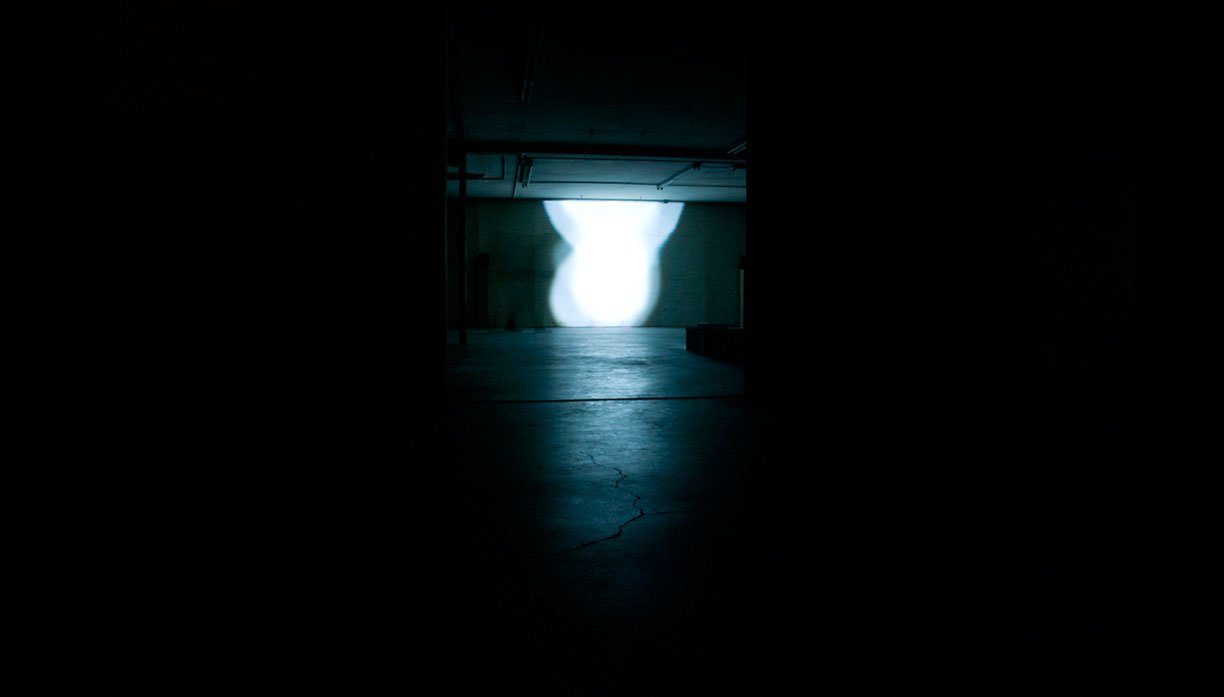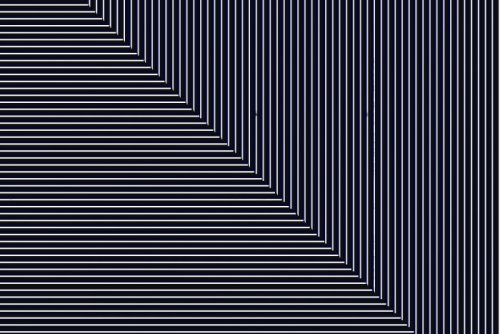Rupture: Material Landscape
Moving Image and Sound: Richard Garet
Special Guest Artist Collaborator: Bonnie Jones on Live Text and Voice
Special Guest Artist Collaborator: Wolfgang Gil on Max/MSP, spatializing Richard Garet's treated sound and Bonnie Jones's vocals.
Rupture: Material Landscape consists of a single video channel, presenting a moving image piece originating from treated and processed 16mm film. Accompanying the moving image presentation, Garet prepares an aleatoric sonic system based on sounds recorded from processed and modified audiocassette tapes. Garet invites Wolfgang Gil, a programmer and sound artist, to execute the aleatoric system with Max/MSP and Gil's custom-made software Roctor. Gil distributes Garet's sonic material throughout the overhead multichannel audio system during the presentation of the footage. Garet also invites, as a special guest, interdisciplinary artist Bonnie Jones to contribute to the piece with live text and voices, which Wolfgang Gil spatializes throughout the overhead multichannel sound system.
The sonic material for this work is recorded from modified audiocassette tapes. These tapes are submitted to processes of deterioration such as data corruption, erasing, magnetic interference, and tape feedback. The sounds that result from these processes are played back at various speeds and methods, and then digitally recorded. Each recording from the tapes is digitally cut and spliced by making editorial decisions and erasing the non-desired sections of the recordings. All audio files vary in duration and content.
Garet's approach to the moving image examines technology, process, color, motion, digital glitches, RGB phenomena, afterimage, and the sensory responses of the eye and the mind. These methods combine analog and digital processes to treat light and image, rigorous and repetitive systems of digital corruption, degradation, and saturation. The original 16mm footage was bleached and treated by hand. Each time the film was played back through the projector it changed its structure, form, speed, and frame rate. Also due to the film's heavy marking, process, and ruptures, it broke several times during playback, each time adopting a different and interesting image quality. All takes were ultimately digitized and treated further for compositional purposes.
During this systematic presentation at ISSUE Project Room, structural reconfigurations emerge through combining aleatoric sonic systems, text, voice, and abstract imagery together in real time, creating not only a focused listening and visual immersive experience but also sensory overloads induced by flickering light.
Warning: This work presents an intense flickering light that some might find uncomfortable. Those subject to seizures should view with caution.
Richard Garet serves as ISSUE Project Room’s Artist-in-Residence October through December 2010. Garet’s works interweave multiple media including moving image, sound, live performances, and photography. Even though Garet’s work suits the standard gallery setting, many of his other activities as an artist explore the various practices of experimental sound and video performance.


